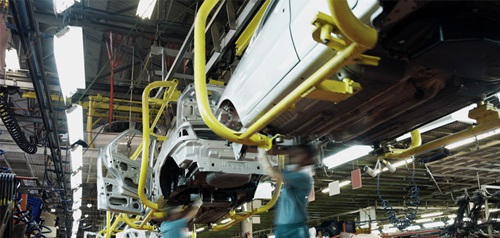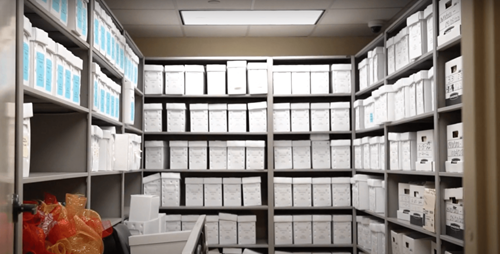Insights and Case Studies
Tronitech Transforms BPO Operations with KODAK Info Input Solution

Tronitech, a Business Process Outsourcing (BPO) company, successfully replaced their inefficient legacy information processing system with Kodak Info Input Solution
Auto Manufacturer Revs Up Production with Solutions from Kodak Alaris and Tronitech

The Indiana facility of a major international auto manufacturer needed to modernize document scanning and data automation on its production line.
European Bank Transforms Operations with Intelligent Document Processing

Large banking group simplifies regulatory compliance and data onboarding with IDP solution from Kodak Alaris
A Revolution in Records Management for Bexar County, TX

Bexar County successfully transformed all manual workflows into efficient, automated processes and is on pace to fully eliminate their backlog ahead of schedule
CNSI Accelerates Medicaid Processing with Kodak Alaris

Together, CNSI and Kodak Alaris created a new information capture system that successfully streamlined Wyoming’s Medicaid claims processing.
Catalina Improves System Performance with Kodak Alaris

The technicians at Kodak Alaris are experts in servicing equipment from other manufacturers, helping companies automate processes and improve services.
ABOUT THE ALARIS DIVISION OF KODAK ALARIS
Kodak Alaris is a leading provider of information capture and intelligent document processing solutions that simplify business processes. We exist to help the world make sense of information with smart, connected solutions powered by decades of image science innovation. Our award-winning software, scanners, and professional services are available worldwide and through our network of channel partners.
Partners
Privacy Notice | Legal / Site Terms | California Notice at Collection | Do Not Share My Personal Information
© 2024 Kodak Alaris Inc. TM/MC/MR: Alaris, ScanMate. All trademarks and trade names used are property of their respective holders. The Kodak trademark and trade dress are used under license from Eastman Kodak Company.